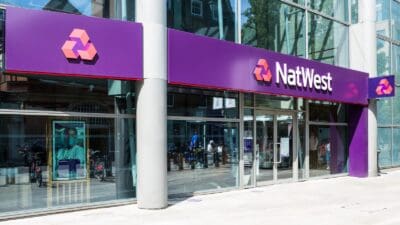The GlaxoSmithKline (LSE: GSK) share price has beaten the market over the last five years, climbing 14% against a gain of less than 5% for the FTSE 100.
Since chief executive Emma Walmsley took charge in March 2017, she’s put in place a series of big changes that will lead to a completely reshaped business. As a shareholder myself, I feel good about the outlook for the business and believe these changes have made the stock much more attractive for new investors.
Big changes
When Walmsley took over as CEO, she appeared to support Glaxo’s conglomerate structure, which included pharmaceuticals, consumer healthcare products, and brands such as Horlicks.
At some point, Walmsley’s position changed. Horlicks has been sold to Unilever and the group’s consumer healthcare and pharmaceutical businesses are heading for a split by late 2022. Ahead of this split, both the pharma and consumer sides of the business are being bolstered by acquisitions to strengthen their long-term prospects.
US firm pharma Tesaro, which is focused on cancer treatments, was added to the Glaxo portfolio earlier this year for $5.1bn. In parallel with this, Walmsley agreed a series of deals with rivals Novartis and Pfizer that will significantly enlarge GSK’s consumer healthcare division.
With both parts of the business suitably reinforced, the stage has been set for Glaxo to split itself at some point in the next three years.
Why I think this is good news
Why do I think that splitting GSK into two will be good for shareholders? Two reasons. The first is that history suggests two smaller, more focused businesses perform better and attract higher valuations. That should be good for GSK shareholders, who will receive shares in the new consumer business.
The second reason I’m keen is that the split should help to solve Glaxo’s debt problem. The consumer healthcare business should benefit from predictable cash flows and stable profit margins. It should comfortably be able to take on a significant share of the group’s £29bn net debt. This should leave the pharma business with a stronger balance sheet and more flexibility to invest in new opportunities.
Focus on the numbers
Looking back at Glaxo’s accounts since 2016, I can see a clear pattern of improving profitability and stronger cash flow. My sums indicate GlaxoSmithKline’s operating profit margin has risen from a low of 9.3% in 2016 to 20.1% over the last 12 months.
Return on capital employed, which compares operating profit with capital invested in the business, has risen from 6.5% to 16.9% over the same period. In my view these are attractive figures which suggest the CEO has spent money wisely, and is returning the business to growth.
Is now the right time to buy GSK?
Glaxo’s rising share price means this stock isn’t quite as cheap as it was a few months ago. However, for long-term investors, I think the valuation remains attractive.
At the time of writing, GSK shares were trading on 14.6 times 2019 forecast earnings, with a dividend yield of 4.8%. I think that’s a reasonable starting point and would continue to rate Glaxo shares a ‘buy’.







